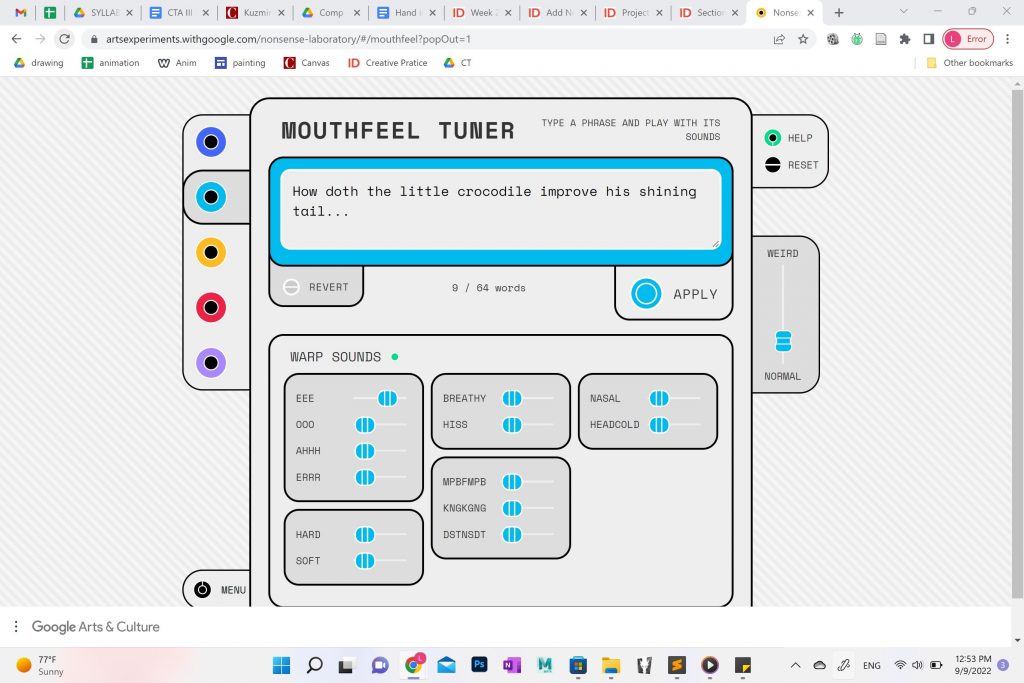Although I think I’m defining “generative art” a little loosely, some inspiring works to me include any type of character customization feature in video games. This goes ranges from dress-up games, Nintendo Mii creation, or the Sims. I admire how these games allow the players to have more freedom in how they approach gameplay — some may focus entirely on aesthetics, and thus spend hours creating the perfect avatar, whereas some focus on the game’s actual main goals and minimize on character building. Either way, customization always serves as an enjoyable interlude between long bouts of repetitive gameplay. I think the creator’s artistic sensibilities manifest in the algorithm by how it reveals their style and “instincts. For example, if a creator has to create 100 different options for “eyes,” their habits and preferences will eventually become pretty obvious once the reach the 90th eye design. Similarly, you can feel how they prefer to build their worlds — do they prefer to use arcs or ellipses? How do they approach drawing small, ambiguous details with code? Ultimately, even though the purpose of these games is to give the player a larger creative realm, the artist most definitely imprints their own style in every part of them.
Even Genshin Impact, a game that has nothing to do with building your own characters, has options (albeit limited ones) for customization:

Link to Official Website: https://genshin.hoyoverse.com/en/home
Created and released by Hoyoverse, 2020.
![[OLD SEMESTER] 15-104 • Introduction to Computing for Creative Practice](https://courses.ideate.cmu.edu/15-104/f2022/wp-content/uploads/2023/09/stop-banner.png)




